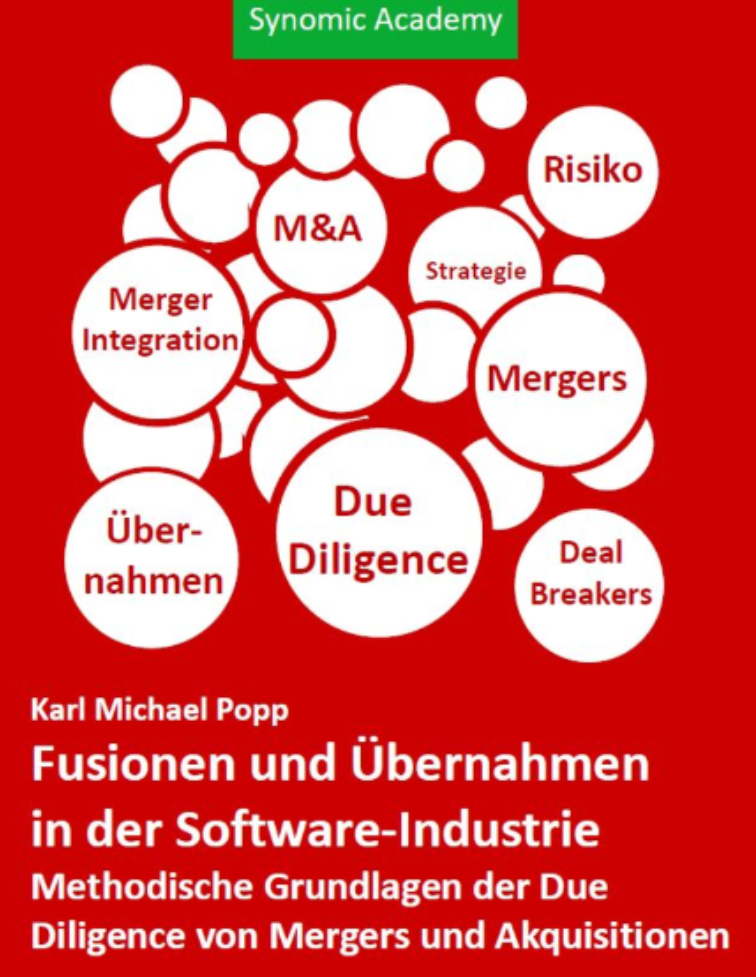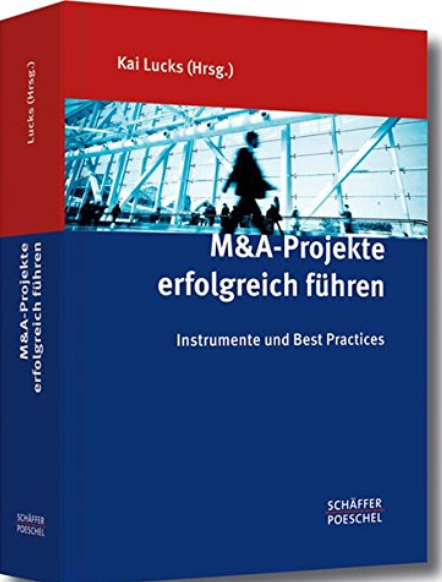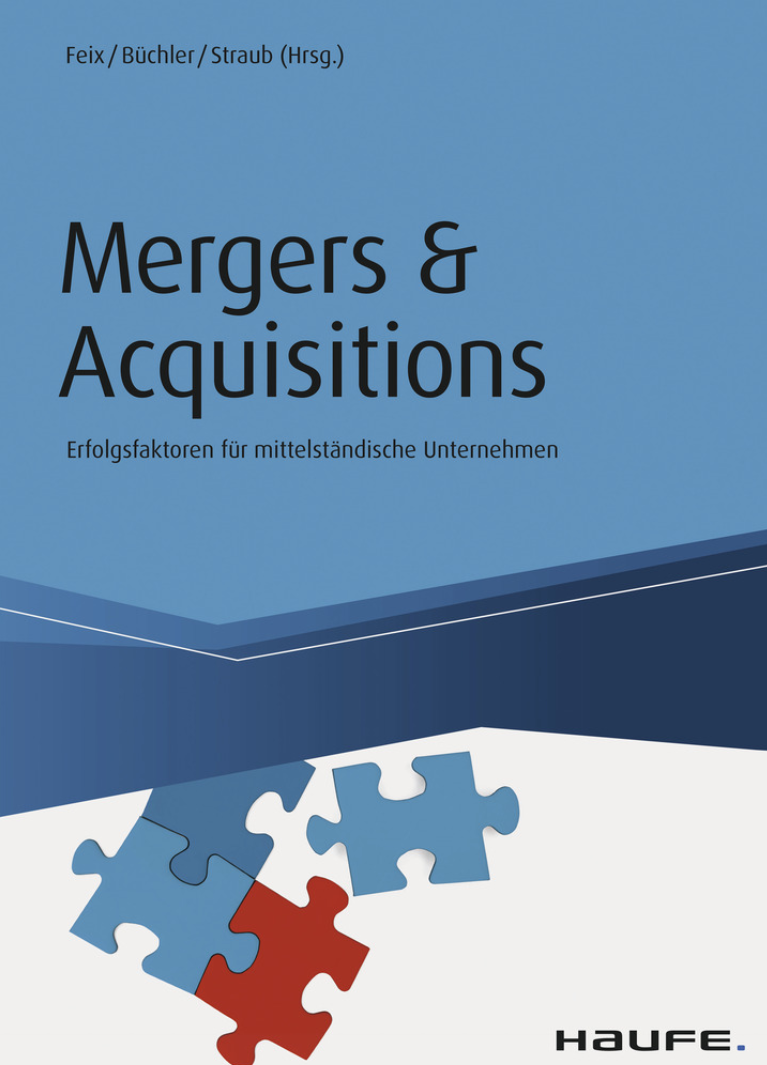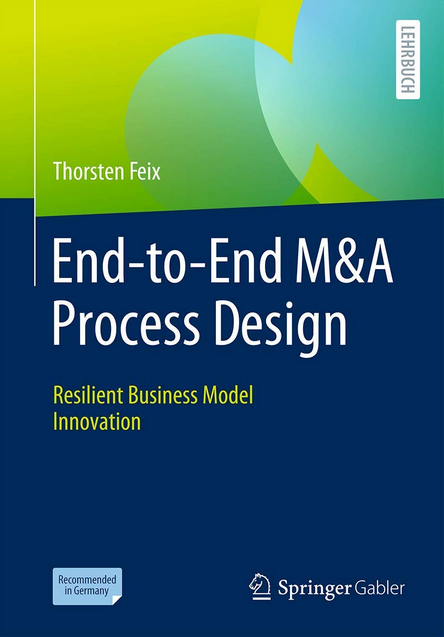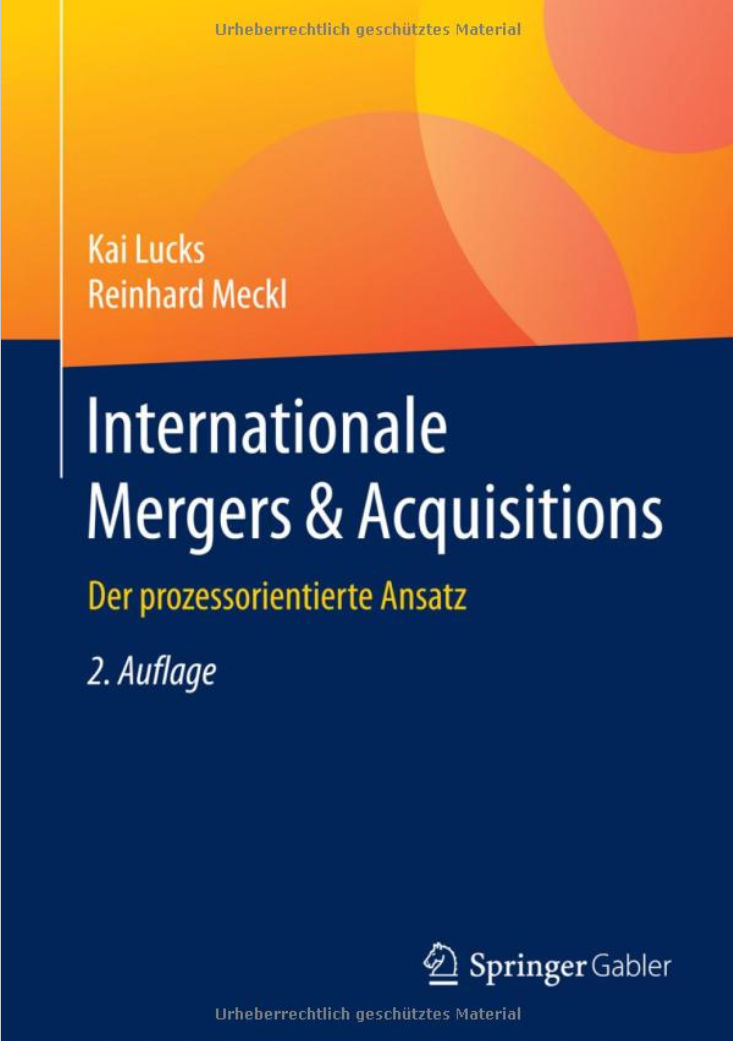Key ingredients of an merger integration playbook
A merger integration playbook is a comprehensive document that outlines the strategies, processes, and key steps to be taken during the integration of two companies following a merger or acquisition. The playbook serves as a guide for the integration team, helping ensure a smooth and coordinated transition. While specific content may vary based on the nature of the companies involved, here are key ingredients typically found in a merger integration playbook:
Introduction and Overview:
Executive Summary: A concise summary of the merger, its strategic objectives, and the importance of effective integration.
Governance and Leadership:
Integration Team Structure: Define roles, responsibilities, and reporting lines for the integration team.
Steering Committee: Establish a committee responsible for high-level decision-making and issue resolution.
Communication Plan:
Internal Communication: Outline a plan for communicating with employees, addressing their concerns, and keeping them informed about integration progress.
External Communication: Develop strategies for communicating with customers, suppliers, investors, and other external stakeholders.
Cultural Integration:
Cultural Assessment: Assess the cultures of both companies and identify potential challenges.
Cultural Alignment Strategies: Develop plans to align and integrate the cultures of the merging organizations.
Day One Readiness:
Legal and Regulatory Compliance: Ensure compliance with all legal and regulatory requirements on the day of integration.
Employee Integration: Plan for a smooth transition for employees, including changes to benefits, HR policies, and reporting structures.
Technology Integration:
IT Infrastructure: Plan for the integration of technology systems, data migration, and software compatibility.
Data Security: Address data security concerns and ensure the protection of sensitive information during the integration process.
Operational Integration:
Supply Chain Integration: Develop strategies for integrating supply chains, managing inventory, and optimizing procurement processes.
Production and Operations: Coordinate efforts to align production processes, facilities, and operational workflows.
Financial Integration:
Accounting and Reporting: Develop plans for aligning accounting practices, financial reporting, and compliance.
Budgeting and Forecasting: Coordinate financial planning efforts and establish common budgeting and forecasting practices.
Customer Integration:
Customer Communication: Communicate changes to customers, address concerns, and ensure a seamless experience.
Cross-Selling and Upselling: Identify opportunities for cross-selling and upselling products or services to the combined customer base.
Risk Management:
Identify and assess potential risks associated with the integration process.
Develop strategies and contingency plans to mitigate risks and ensure business continuity.
Performance Metrics and Monitoring:
Establish key performance indicators (KPIs) to measure the success of integration efforts.
Implement monitoring mechanisms to track progress against set goals.
Lessons Learned and Continuous Improvement:
Develop a process for capturing lessons learned during the integration.
Establish mechanisms for continuous improvement and ongoing refinement of integration processes.
A well-constructed merger integration playbook serves as a critical tool for aligning efforts, minimizing disruptions, and maximizing the value derived from the merger or acquisition. It should be a dynamic document that evolves as the integration progresses and new insights emerge.
Like my thoughts? READ MY NEW BOOK
ORDER AT AMAZON
ORDER IN GERMANY










